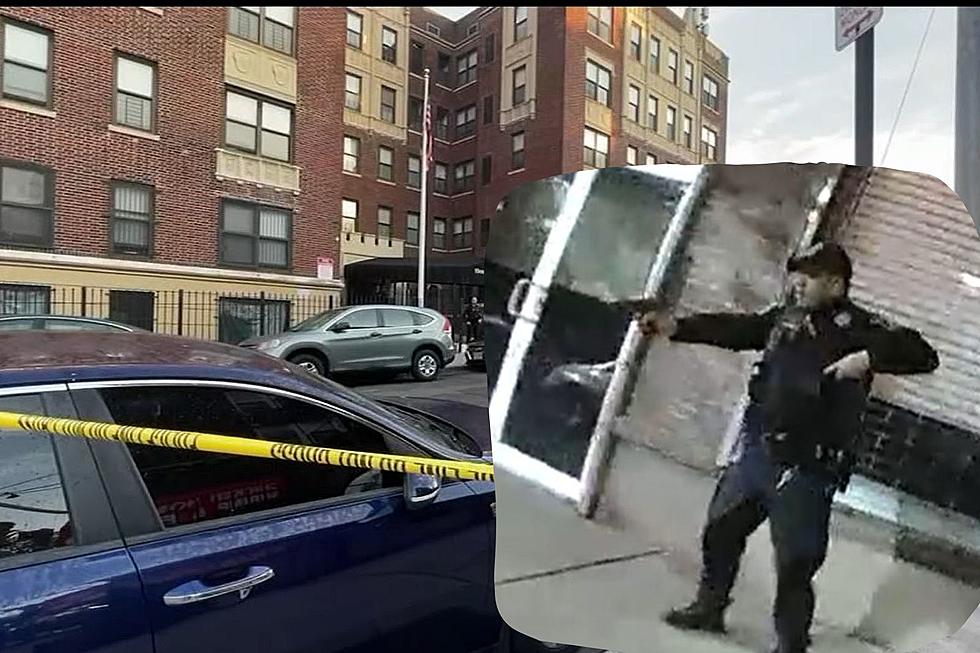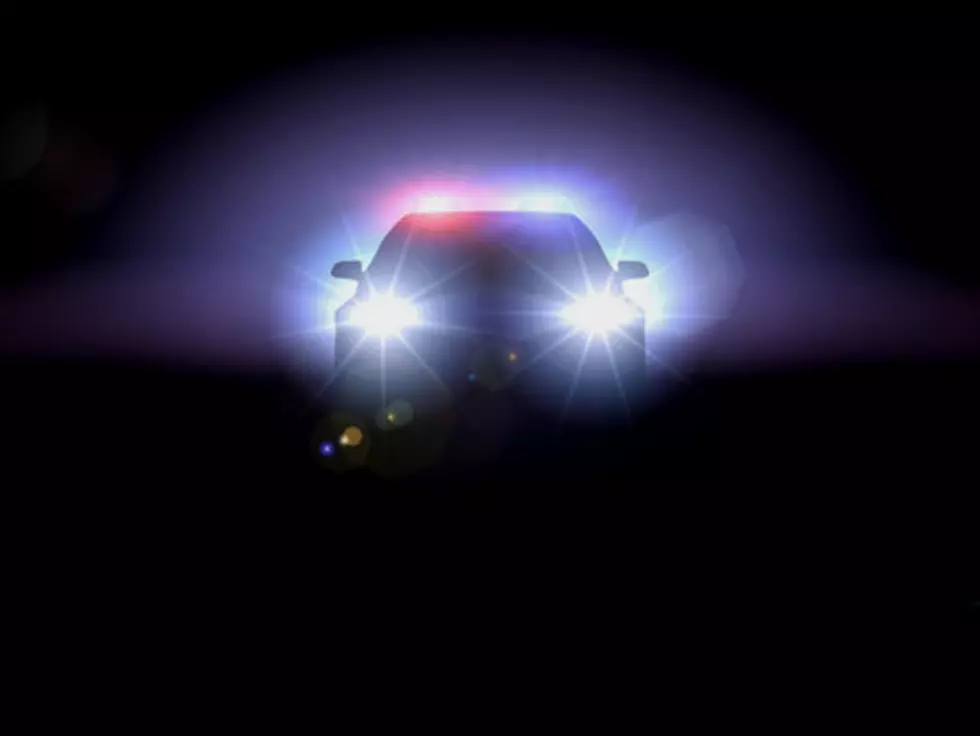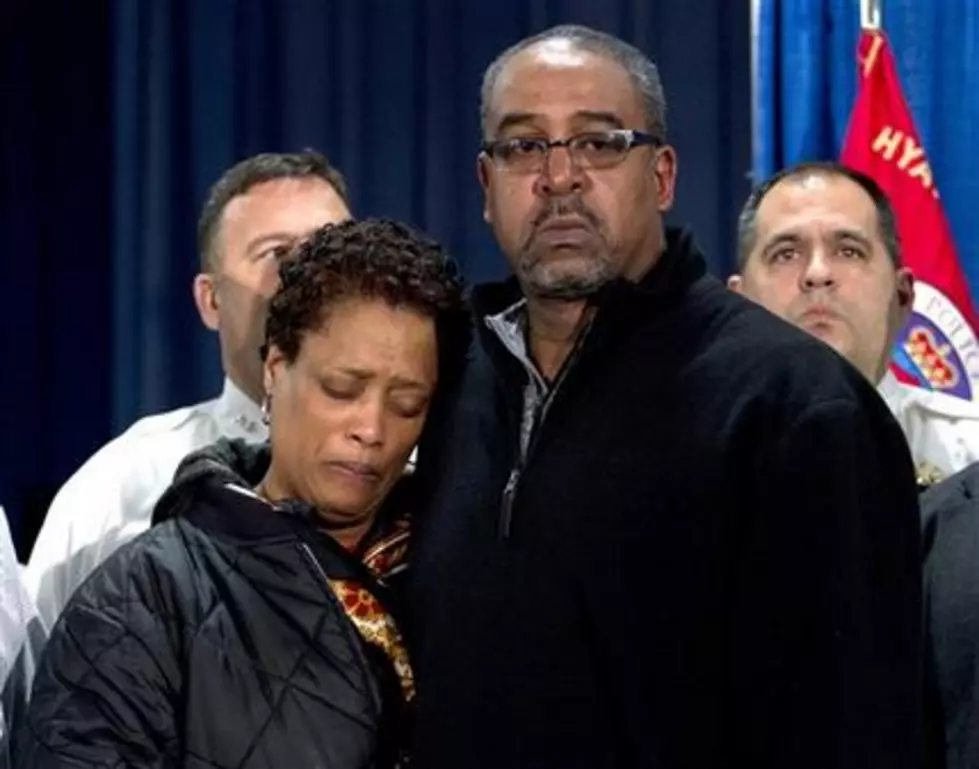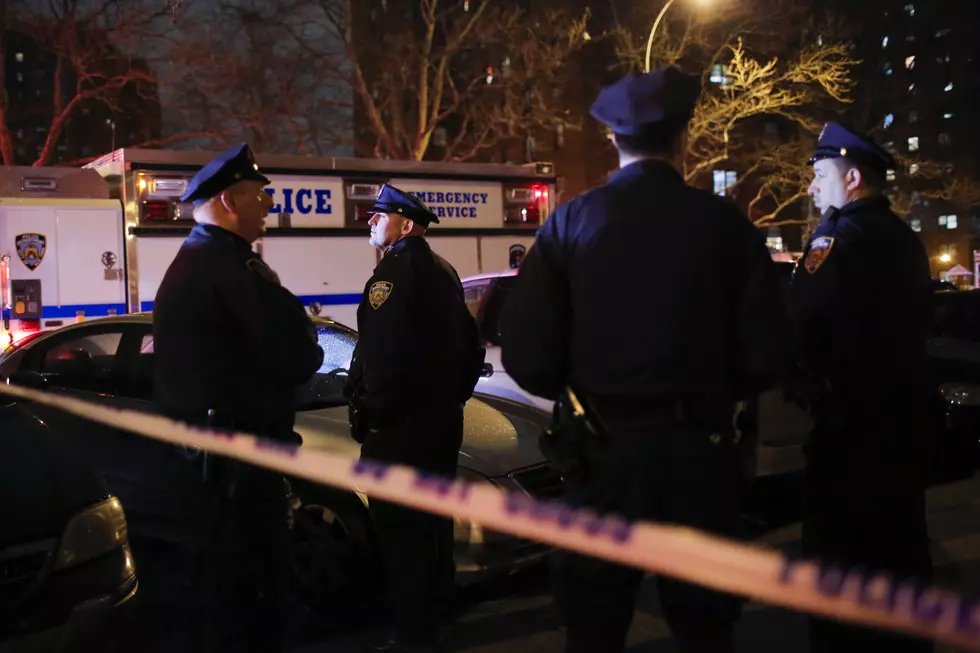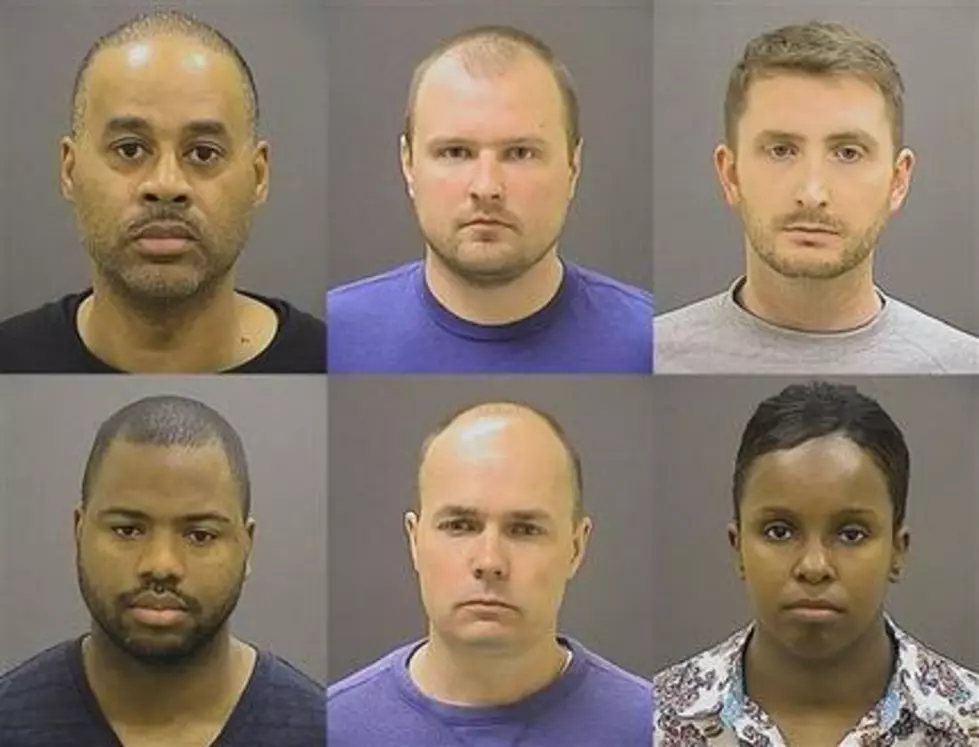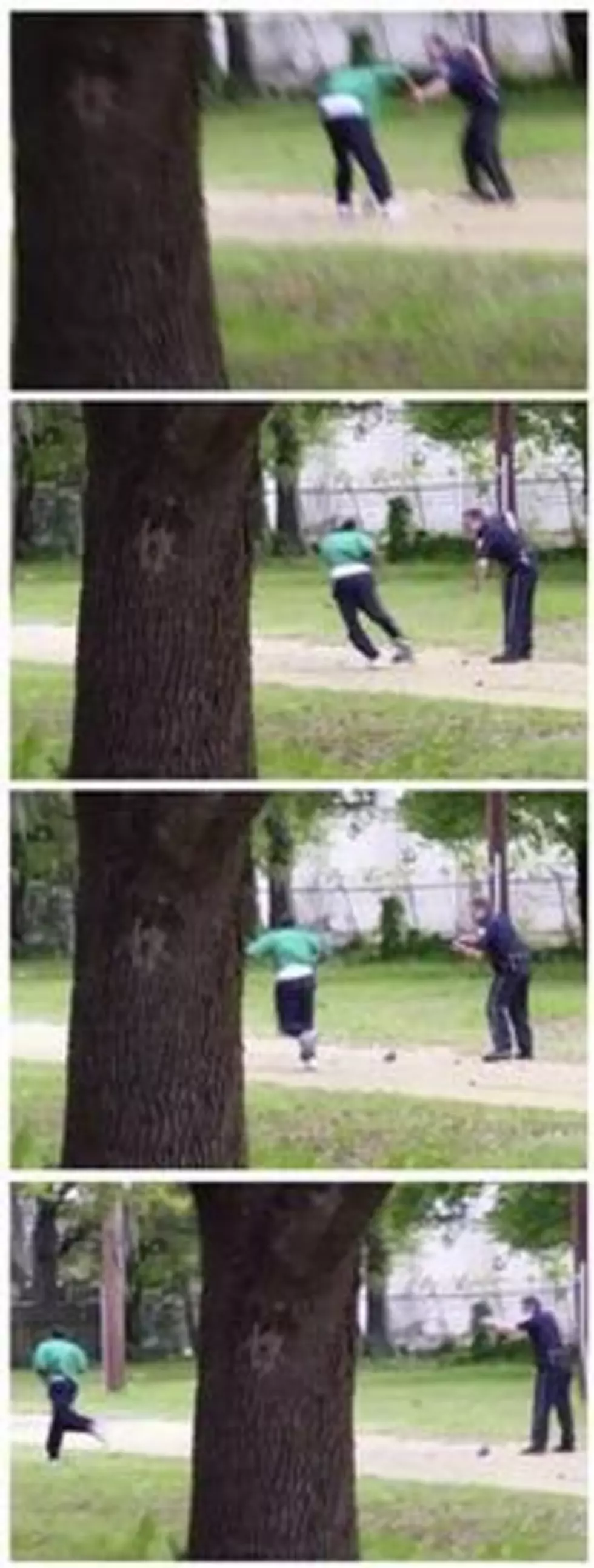
When can police use lethal force against a fleeing suspect?
WASHINGTON (AP) -- The law gives police officers latitude to use deadly force when they feel physically endangered, but there's far less legal flexibility when it comes to opening fire at fleeing individuals.
IS THERE A FEDERAL LEGAL STANDARD TO JUDGE THE APPROPRIATENESS OF POLICE USE OF FORCE?
Yes. The Supreme Court held in a 1989 case, Graham v. Connor, that the appropriateness of use of force by officers "must be judged from the perspective of a reasonable officer on the scene," rather than evaluated through 20/20 hindsight.
That standard is designed to take into account that police officers are frequently asked to make split-second decisions during fast-evolving confrontations, and should not be subject to overly harsh second guessing. The Justice Department cited that legal threshold last month when it declined to prosecute former Ferguson, Missouri police officer Darren Wilson in the shooting death last summer of an unarmed black 18-year-old.
CAN POLICE OFFICERS SHOOT AT FLEEING INDIVIDUALS?
Only in very narrow circumstances. A seminal 1985 Supreme Court case, Tennessee vs. Garner, held that the police may not shoot at a fleeing person unless the officer reasonably believes that the individual poses a significant physical danger to the officer or others in the community. That means officers are expected to take other, less-deadly action during a foot or car pursuit unless the person being chased is seen as an immediate safety risk.
In other words, a police officer who fires at a fleeing man who a moment earlier murdered a convenience store clerk may have reasonable grounds to argue that the shooting was justified. But if that same robber never fired his own weapon, the officer would likely have a much harder argument.
"You don't shoot fleeing felons. You apprehend them unless there are exigent circumstances - emergencies - that require urgent police action to safeguard the community as a whole," said Greg Gilbertson, a police practices expert and criminal justice professor at Centralia College in Washington state.
Gilbertson said he thought the video of the shooting of Walter Scott in North Charleston, South Carolina, was "insane" given what he said was the apparent lack of justification.
Though the legal standard has been established, courts continue to hear cases involving use of force against fleeing felons under a variety of circumstances. Just last year, the Supreme Court sided with police officers who were sued over a high-speed, two-state chase in Arkansas that ended with the deaths of the fleeing driver and his passenger.
IN CASES WHERE POLICE OFFICERS ARE NOT SUPPOSED TO USE DEADLY FORCE AGAINST A FLEEING PERSON, WHAT SHOULD THEY DO?
Each case involving a suspect who flees the police, whether in a car or on foot, poses a balancing test for an officer, said Chuck Drago, a police practices expert and former Oviedo, Florida, police chief.
"Am I creating more of a danger by chasing this person than if I let this person stay at large?" Drago said. "Especially in a vehicle pursuit, is it worth risking everyone on the road to catch this guy?"
In a pursuit on foot, the more reasonable option might be to call for backup, including perhaps with a police dog, so that other officers can set up a perimeter and trap the suspect, Drago said.
In the South Carolina case, the former lawyer for the North Charleston officer, Michael Slager, said Monday that Slager felt threatened and had fired because Scott was trying to grab his stun gun - an older model that would have had to have been manually reloaded. But if the stun gun was on the ground at the time Scott fled, Drago said, then "there is no longer a threat. The threat is gone."
There's also no indication on the video that after the physical encounter between the men, where the officer has said he believed Scott had tried to get a hold of his stun gun, that he shouts any instructions.
IS THERE A ROLE FOR FEDERAL INVOLVEMENT IN THE INVESTIGATION?
The FBI and the department's Civil Rights Division are working together to examine the case. Though the officer faces a state murder charge in South Carolina, the federal government will be looking at the shooting for potential civil rights violations.
That means federal agents and prosecutors will be looking to establish not only that Slager killed Scott, but that the officer willfully deprived Scott of his civil rights and used more force than the law allowed.
The Justice Department often investigates police use of force, though not all investigations result in prosecution. In some cases, such as in the 1991 beating of Rodney King in Los Angeles, federal prosecutors have moved forward either with their own investigation or prosecution after the conclusion of a state case.
© 2015 The Associated Press. All rights reserved. This material may not be published, broadcast, rewritten or redistributed. Learn more about our Privacy Policy and Terms of Use.
More From New Jersey 101.5 FM
